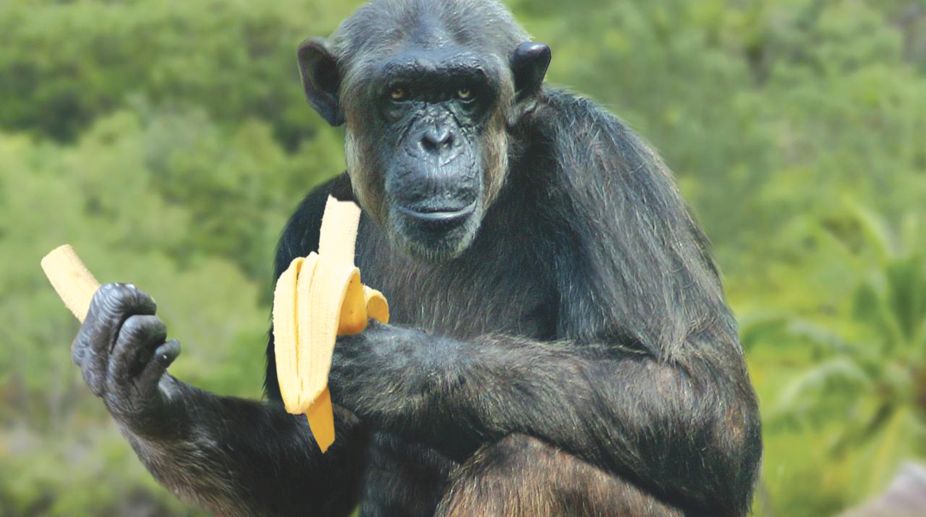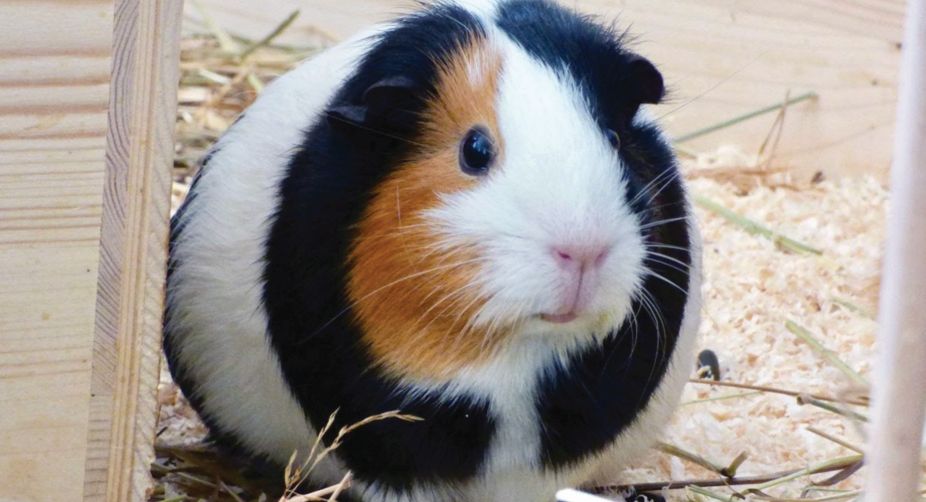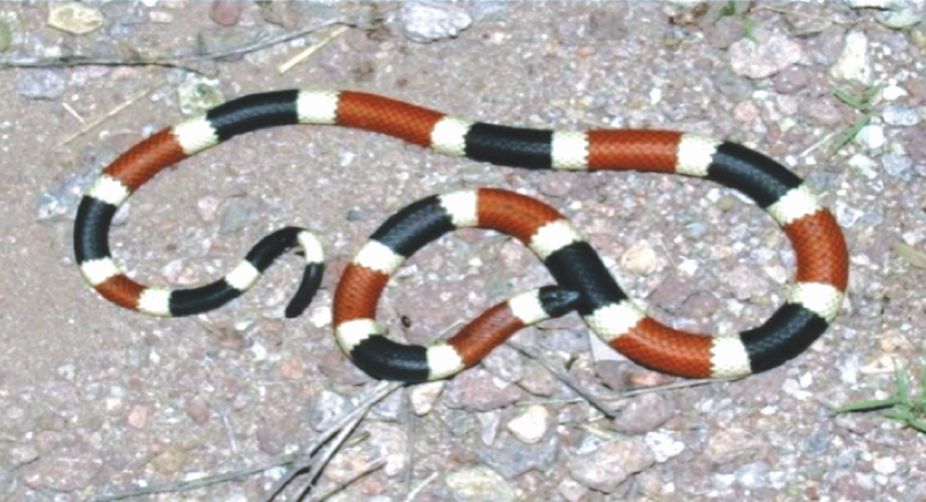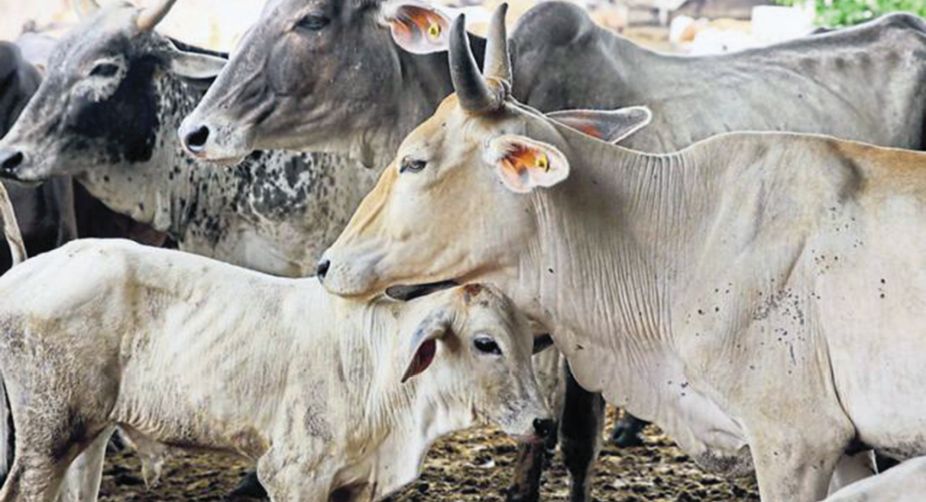Taiwan’s average temperature in 2024 hits record high
The average annual temperature in Taiwan reached a record high of 24.97 degrees Celsius in 2024, making it the warmest year on record, the local meteorological department said Tuesday.
Few people, and even less scientists, have been brave enough to even talk about flatulence. It is usually a matter for pre-teenage boys’ jokes. But the study of the diet and digestive systems of animals is an important part of understanding how they survive and even how they affect climate change

Sitting Chimpanzee eating a banana.
An interesting scientific experiment took place last year. It was for two reasons. One is because it is about the air expelled from the anuses of living beings, popularly known as farting.
The other, because the scientists investigating asked the public to send them information through a twitter handle called #doesitfart. The information has been printed in a book with the same name.
Advertisement
Fart, also known as flatulence, describes gas generated or held in the stomach or intestines and expelled through the anus. The scientific study of farts is called flatology. Those who have the talent to fart at will are known as flatulists (or comedians).
Advertisement
Few people, and even less scientists, have been brave enough to even talk about this issue. It is usually a matter for pre-teenage boys’ jokes. But the study of the diet and digestive systems of animals is an important part of understanding how they survive and even how they affect climate change.
The data gathering mission was spearheaded by Daniella Rabaiotti, a Ph.D student at the University College of London, a member of the Zoological Society of London, and environmental researcher.
She was asked whether snakes fart, and wrote asking a colleague, David Steen, a biologist at Auburn University. “Snakes sometimes discharge faeces and musk as a defensive strategy, and this is often accompanied by what I would consider classic fart noises,” he said.

Rabaiotti decided to make a large study of different animals. From there #DoesItFart was born. Hundreds of biologists, researchers, wildlife enthusiasts and laypersons have written in from all over the world. Nick Caruso, a PhD student at the University of Alabama, created a spreadsheet. Each entry was submitted to researchers to verify.
Here are some interesting details about gastric gases and how they are discharged out of the posterior portal:
Guinea pigs produce clouds of brown mist that “stink to high heaven.” Lions fart and so do Orangutans.
Bobcats are supposed to be the smelliest with their “squirrel-based farts” (I doubt that they would be smellier than the person who sits next to you on a plane or in a closed car) They are in close competition with woodlice who excrete ammonia. The dog and the cat also emit gases (and often take the blame for their owner’s bad stomachs).
Here are some of the entries: “Do chimpanzees fart? Yes. “Worst when eating figs. So loud and frequent we locate them in forest occasionally by following the farts; Even worse when eating Cynometra seeds!” wrote University of Kent evolutionary anthropology Ph.D Adriana Lowe. Bats do, according to David Bennett, a PhD at Queen Mary University of London. And the bigger they are, the harder they honk.
Tapirs? Most mammals pass wind and some insects as well. Birds do not pass gas, They don’t have the same gas-producing bacteria in their gut that are found in mammals and other farting animals, and food passes quickly through a bird’s digestive system, which leaves no time for a build-up. Marine invertebrates such as oysters, whelks, salamanders, mussels and crabs do not fart either.
The Pogonophoran Worm, the Jellyfish, Corals and Sea Anemones cannot fart as they lack anuses. If we count air coming out of the siphons of squid/octopus/cuttlefish as farting, yes, they do. Frogs can, and do, fart quite often and rather pungently. Rats can fart but they can’t burp. Turtles fart, and their farts smell incredibly bad.
It’s not only interesting which animals fart, but how they do. This is what the spreadsheets say:

The copperhead snake elicits a small squeak, so small that you think you may be mistaken, until it hits you. Very dry with a slight hint of stalemusk. The orangutan does it often and happily. The millipede emissions are of the silent but deadly variety (methane and hydrogen sulfide.
Whereas most animals that fart have soft, fleshy derrières, millipedes have hard valves that probably act as silencers !) Seal farts smell like lutefisk which is a Nordic dish made of lye that can drive anyone else out of the house.
The Burmese Python ~ Thick and meaty. If it were a colour it would be brownish-yellow. Spotted Hyenas are especially bad after eating camel intestines.
Herrings communicate with each other by expelling air through their anuses producing pulses of sound that is too high for their predators to hear.
Honey badgers emit smelly, suffocating secretions and gas from their anal glands, which they then use to mustard-bomb unsuspecting bee hives. This causes the bees to flee their homes and leave the honey behind for the honey badger.
Some snakes, like the Sonoran Coral Snake, also weaponize their farts and use them to scare off unsuspecting predators. The gases vary in different species. Most farts contain hydrogen, carbon dioxide, nitrogen and sulphurous gases (with the latter responsible for much of the smell), but scientists are concerned about another common component, methane, since it is a potent greenhouse gas.
According to a paper published in the latest issue of the Journal of Experimental Biology, nearly 30 percent of Earth’s methane emissions originate from plant eating animals grown for meat.
According to the EPA, cows are among the top methane makers. Cows release an estimated 551 to over 1,100 pounds of methane per day. Goats produce a lot of methane in their stool, farts, belches and even breath.
In 2015, an airplane in Singapore was forced to make an emergency landing when the smell of goat farts was mistaken for smoke in the cargo hold. The flight was diverted, inspected and delayed for hours, according to the Daily Mail.

NASA’s Goddard Institute for Space Science determined that a pig emits about 3.3 pounds of methane per year and a sheep produces 18 pounds of methane. A horse can produce 45.5 pounds of methane gas per year, but amounts vary.
A lactating mare, for example, only releases 34 percent of the methane released by a lactating dairy cow. While elephants are not ruminant animals, they do produce an incredible amount of gas, however.
According to the International Elephant Foundation, a car “could travel 20 miles on the amount of methane produced by one elephant in a single day.”
Each adult person emits about a third of a pound of methane per year, according to the Goddard study. That is a fraction of what cows produce.
The United Nations, however, estimates that there are at least 7 billion people on the planet now, so total methane output stacks up by sheer numbers alone.
Termites may be tiny, but they are mighty methane emitters. While an individual termite cannot produce much gas, a study published in the Journal of Environmental Science and Technology, from Tamil Nadu Agricultural University, determines that termites contribute methane “that accounts for at least 5% of all global emissions.”

Other researchers say that the percentage is much higher. According to Rentokil the pesticide company, cockroaches release more methane in relation to their body size than any other creature they’ve ever had to deal with.
A methyl mercaptan gas leak at a Dupont facility in Texas killed people . Farts contain not just methyl mercaptan, but other asphyxiants like flammable methane, nitrogen and dimethyl sulphides. The amounts depend on your diet.
However, since each fart has only 110 millilitres of gas you cannot make a homemade weapon
Have fun! At least it’s a novel way to introduce children to serious science.
To join the animal welfare movement contact gandhim@nic.in, www.peopleforanimalsindia.org
Advertisement